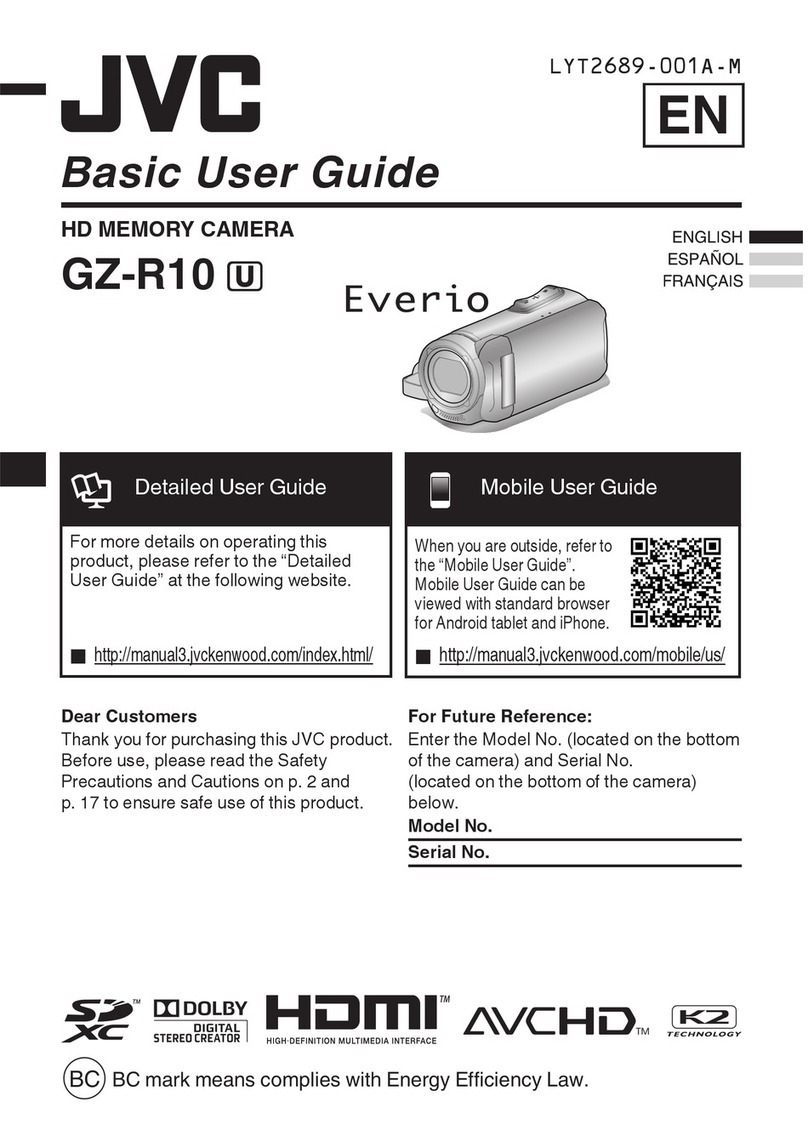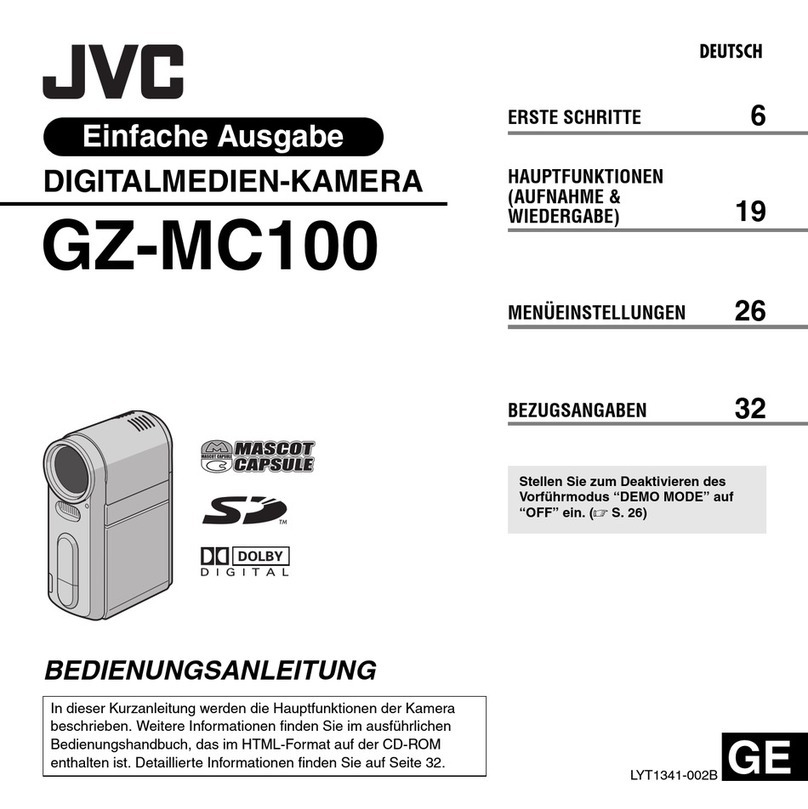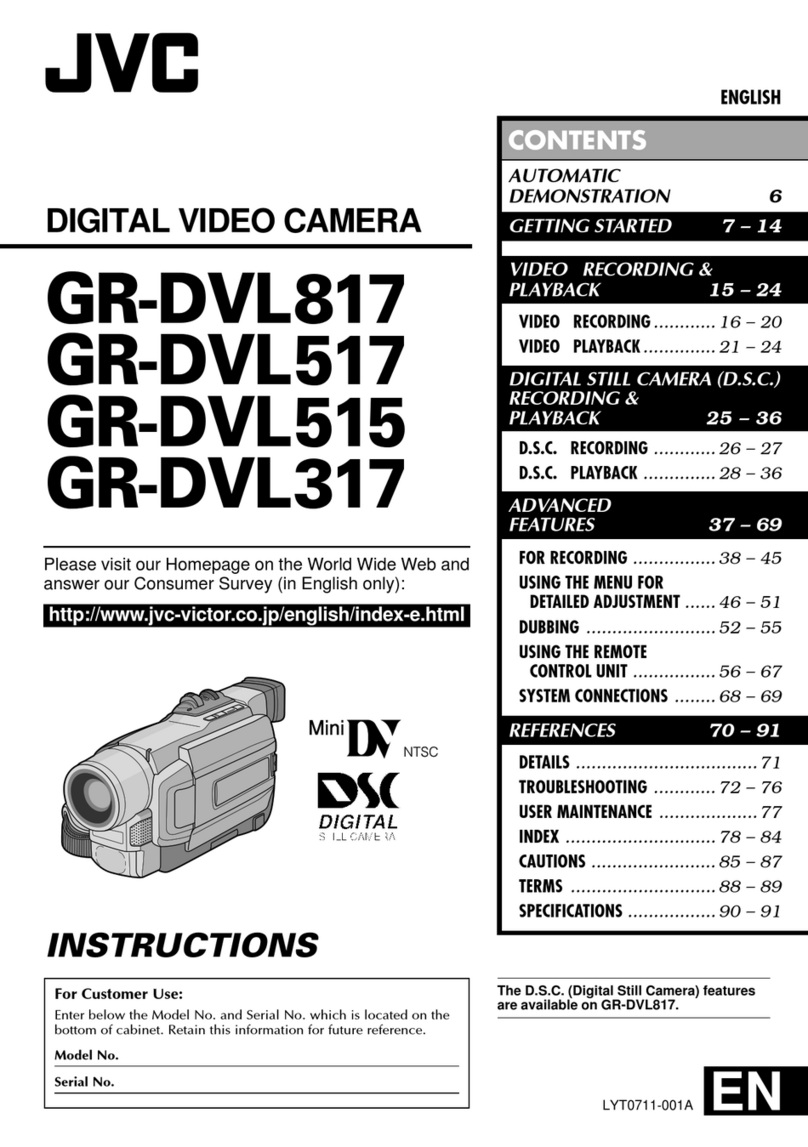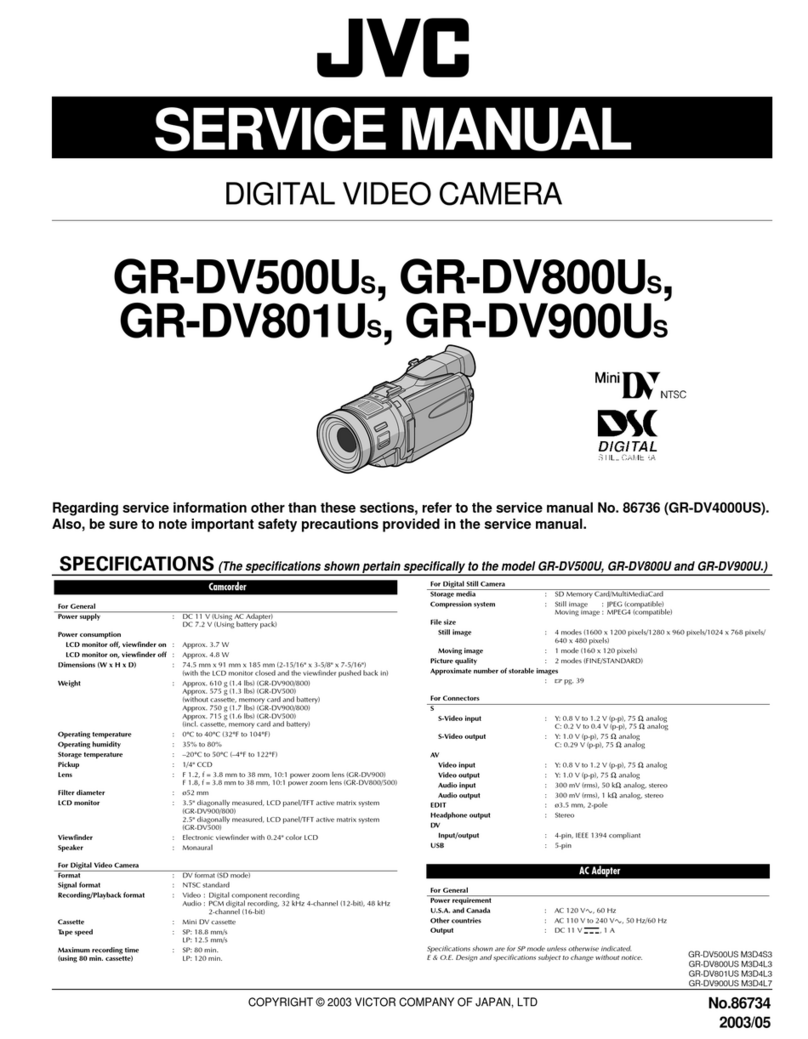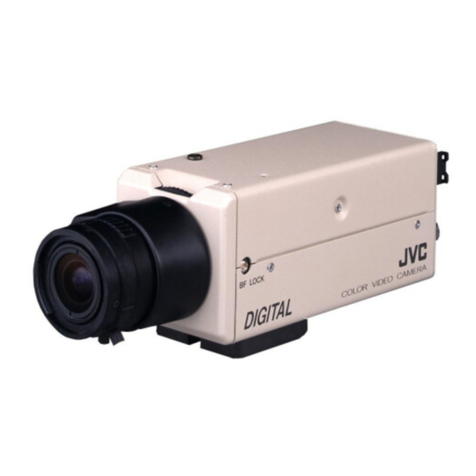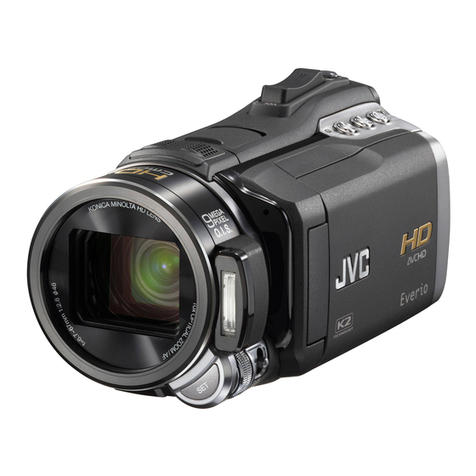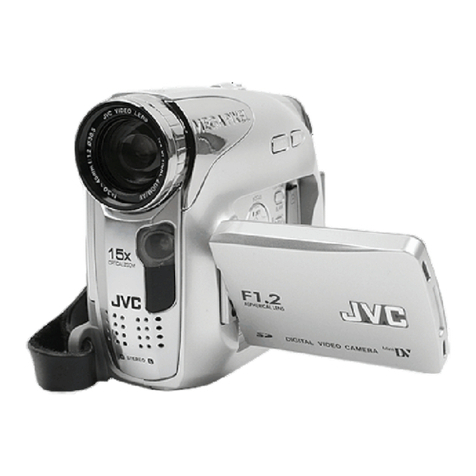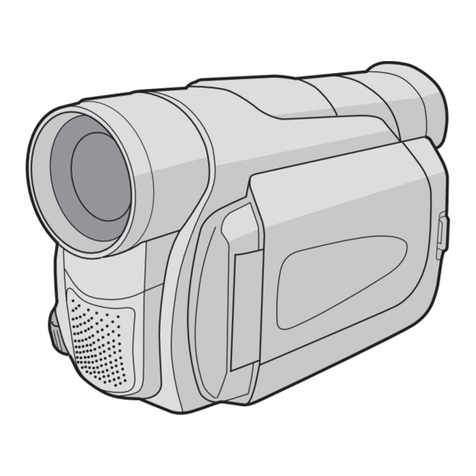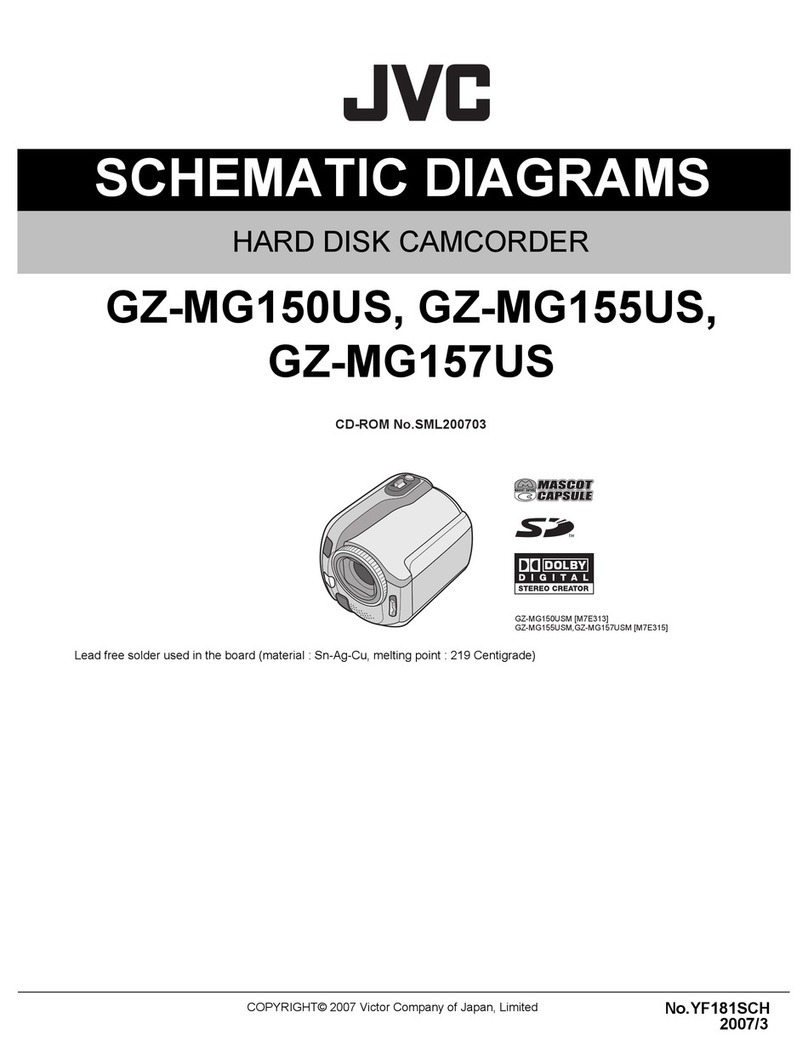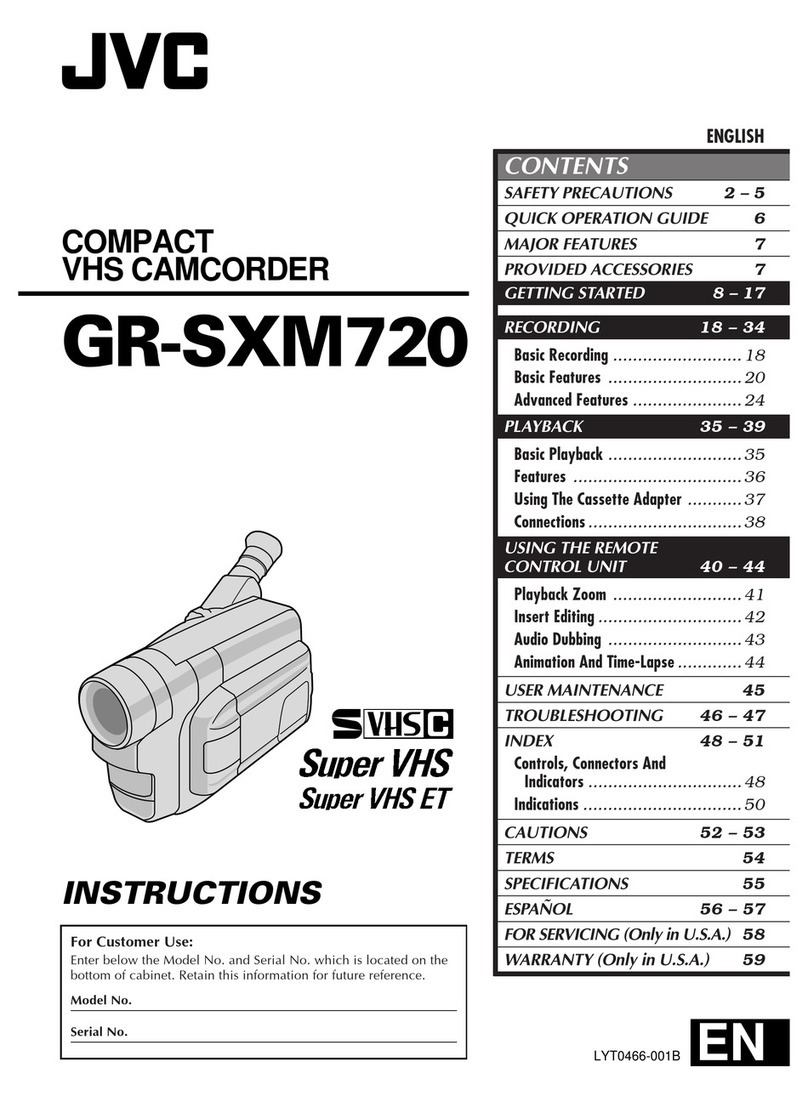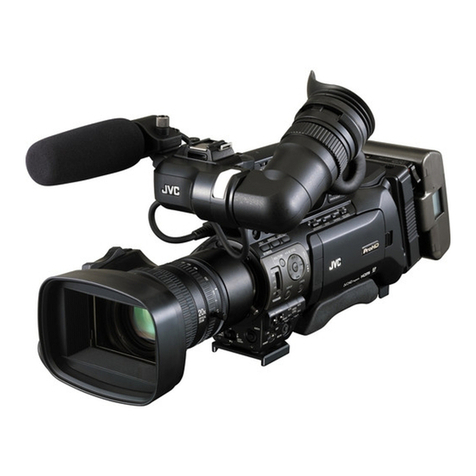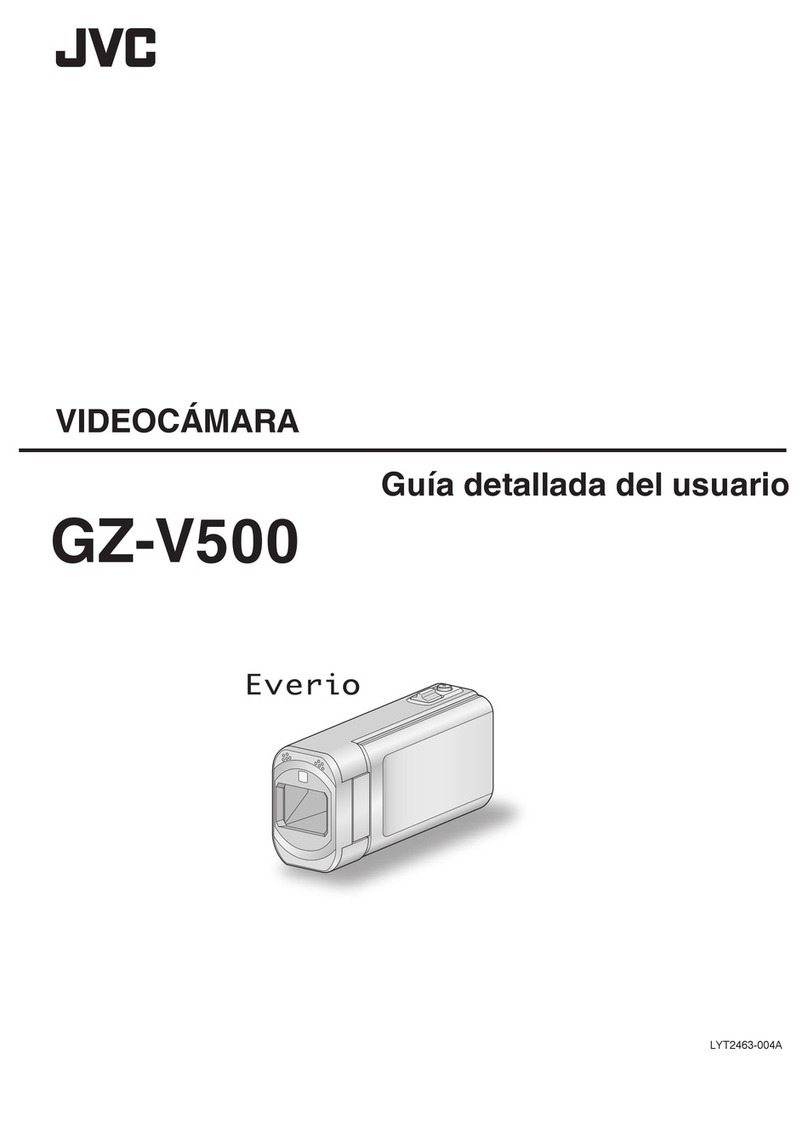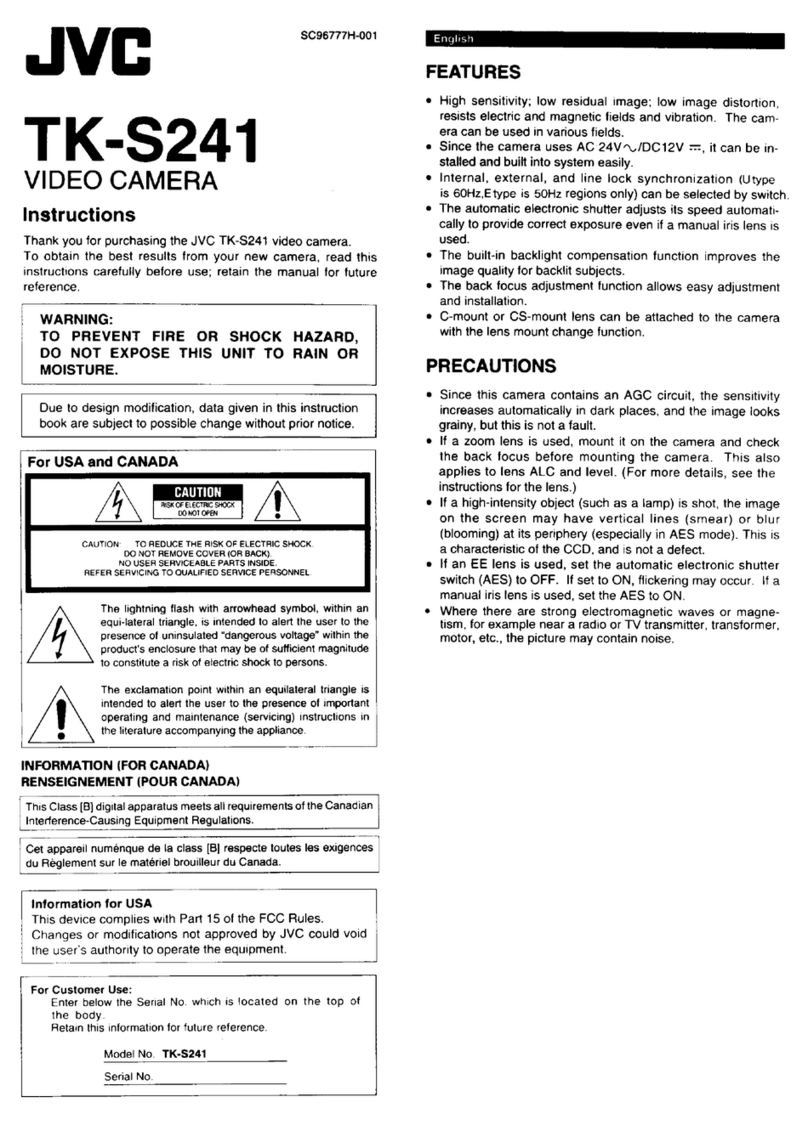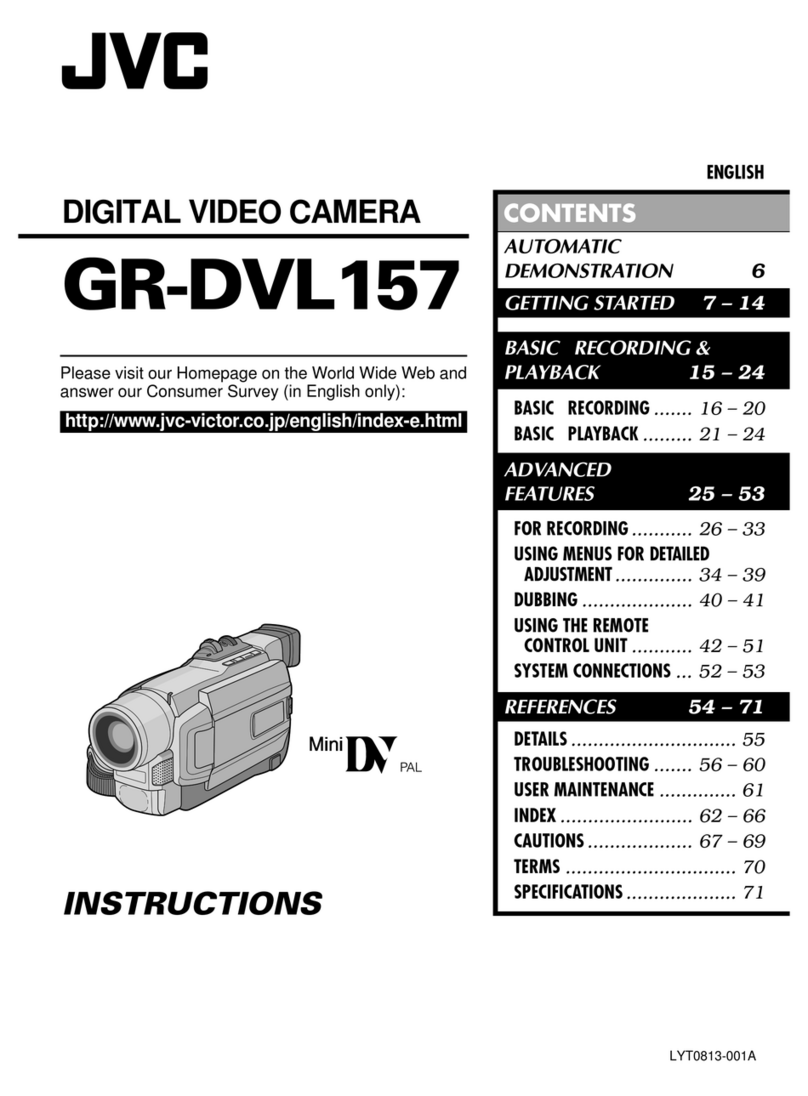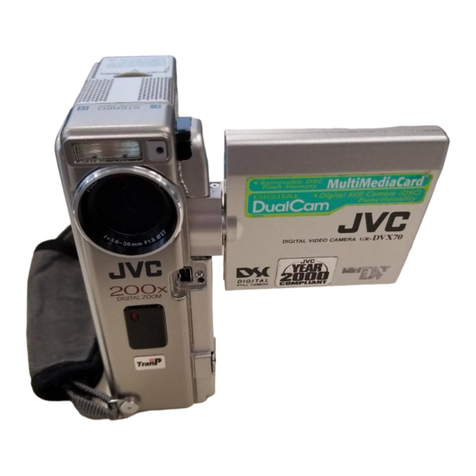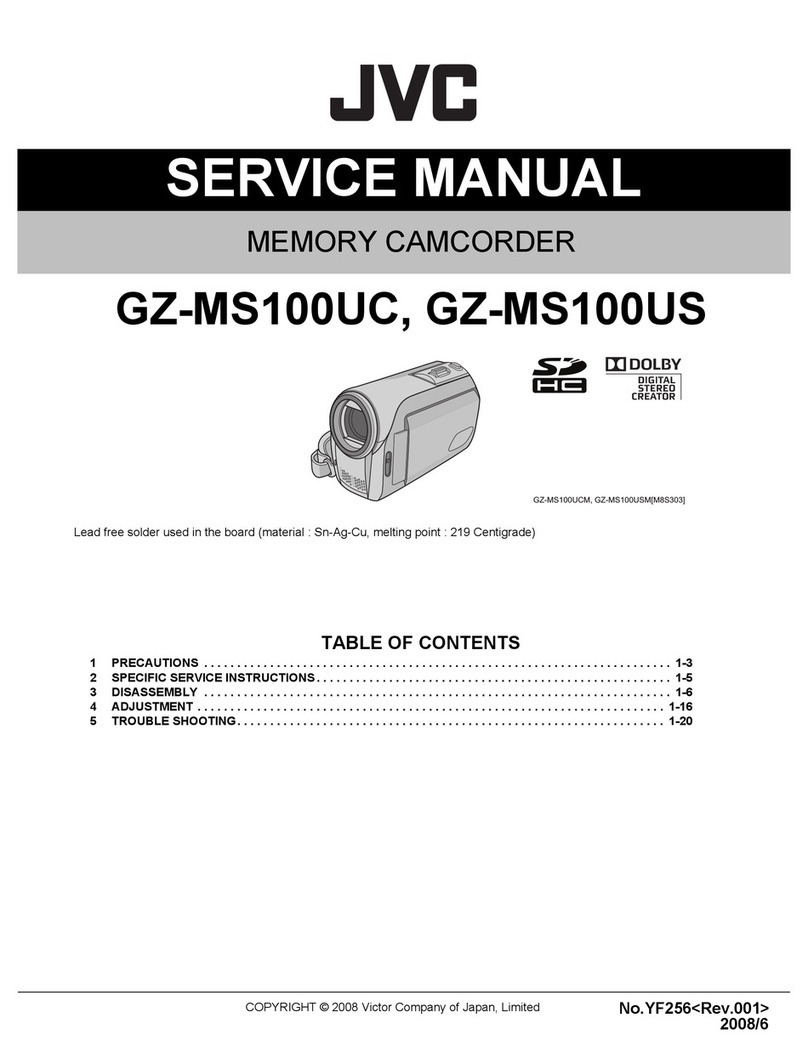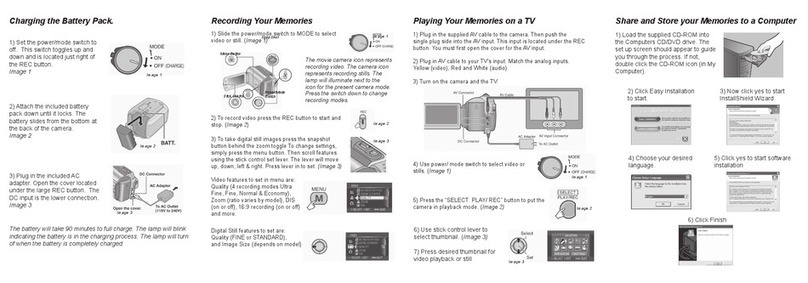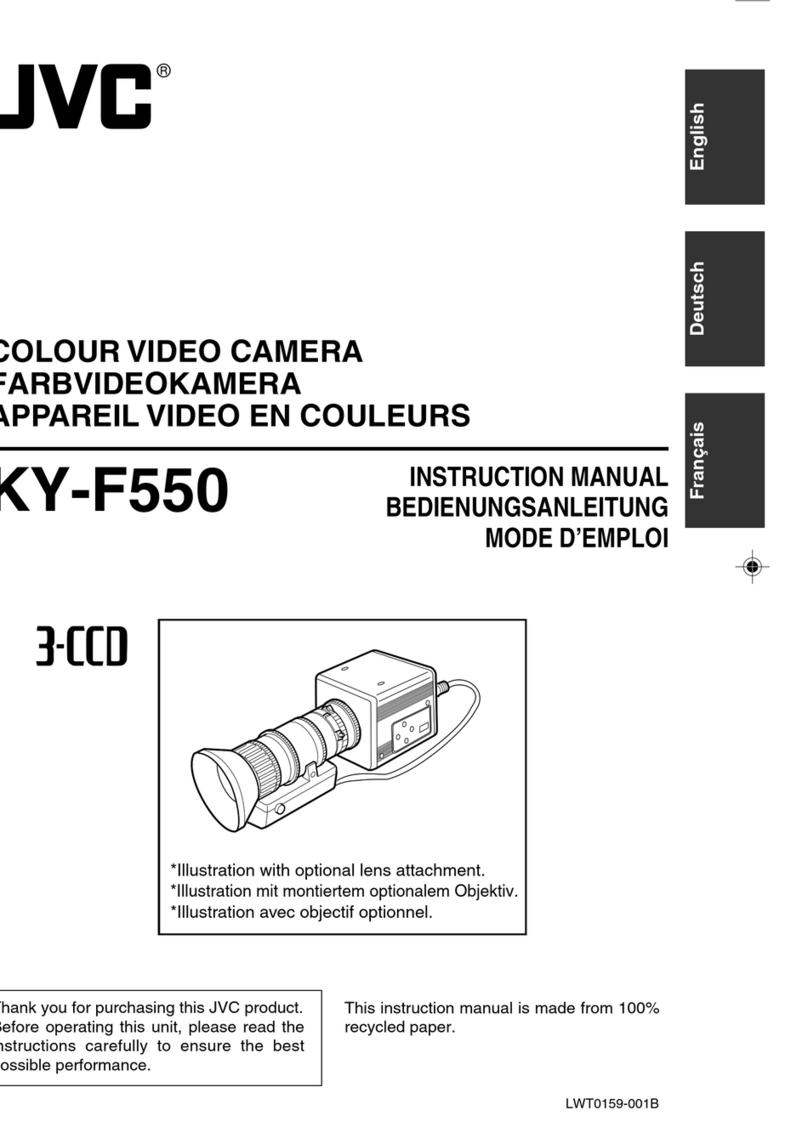
TABLE OF CONTENTS
Section Title Page
Important Safety Precautions
INSTRUCTIONS
1. DISASSEMBLY
1.1 BEFORE ASSEMBLY AND DISASSEMBLY................................. 1-1
1.1.1 Precautions .......................................................................... 1-1
1.1.2 Assembly and disassembly ................................................. 1-1
1.1.3 Destination of connectors .................................................... 1-1
1.1.4 Disconnection of Connectors (Wires) .................................. 1-1
1.2 JIGS AND TOOLS REQUIRED FOR DISASSEMBLY,
ASSEMBLY AND ADJUSTMENT ................................................. 1-2
1.2.1 Tools required for adjustments............................................. 1-2
1.3 DISASSEMBLY/ASSEMBLY OF CABINET PARTS AND
BOARD ASSEMBLY ..................................................................... 1-3
1.3.1 Disassembly flow chart ........................................................ 1-3
1.3.2 Disassembly method (I) ....................................................... 1-4
1.4 DISASSEMBLY OF 4MONITOR ASSEMBLY............................ 1-8
1.4.1 4Monitor assembly/Hinge assembly.................................. 1-8
1.4.2 Hinge assembly ................................................................... 1-8
1.5 DISASSEMBLY 0E VF ASSEMBLY ........................................... 1-9
1.5.1 0E. VF assembly ............................................................... 1-9
1.6 DISASSEMBLY OF 7OP BLOCK ASSEMBLY/CCD
BOARD ASSEMBLY ................................................................... 1-10
1.6.1 Precautions ........................................................................ 1-10
1.6.2 How to remove OP block assembly and CCD board
assembly............................................................................ 1-10
1.6.3 How to install OP block assembly and CCD board
assembly............................................................................ 1-10
1.6.4 Replacement of service parts ............................................ 1-10
1.7 HOW TO TAKE OUT CASSETTE TAPE MANUALLY ................ 1-11
1.8 SERVICE NOTE ......................................................................... 1-12
1.9 EMERGENCY DISPLAY............................................................. 1-13
2. MECHANISM ADJUSTMENT
2.1 PRELIMINARY REMARKS ONADJUSTMENTAND REPAIR ..... 2-1
2.1.1 Precautions .......................................................................... 2-1
2.1.2 Notes on procedure for disassembly/assembly................... 2-1
2.2 DISASSEMBLY/ASSEMBLY OF MECHANISM ASSEMBLY........ 2-2
2.2.1 General statement ............................................................... 2-2
2.2.2 Explanation of mechanism mode......................................... 2-2
2.2.3 Mechanism timing chart .......................................................2-3
2.2.4 Disassembly/assembly of mechanism assembly................. 2-4
2.2.5 Disassembly/assembly ........................................................ 2-7
2.2.6 List of procedures for disassembly .................................... 2-13
2.2.7 Checkup and adjustment of mechanism phase................. 2-14
2.2.8 Assembling slide deck assembly and main deck
assembly............................................................................ 2-15
2.2.9 Locating tension pole......................................................... 2-16
2.3 SERVICE NOTE ......................................................................... 2-17
2.4 JIG CONNECTOR CABLE CONNECTOR ................................. 2-19
3. ELECTRICAL ADJUSTMENT
3.1 PREPARATION ............................................................................ 3-1
3.2 SETUP .......................................................................................... 3-1
3.3 FUSE LOCATION ......................................................................... 3-2
3.3.1 MAIN PWB (FOIL SIDE) ......................................................3-2
3.3.2 MAIN PWB (COMPONENT SIDE) ...................................... 3-2
3.3.3 MONITOR PWB (COMPONENT SIDE)............................... 3-3
4. CHARTS AND DIAGRAMS
NOTES OF SCHEMATIC DIAGRAM............................................ 4-1
CIRCUIT BOARD NOTES ............................................................ 4-2
4.1 BOARD INTERCONNECTIONS................................................... 4-3
4.2 CPU SCHEMATIC DIAGRAM ...................................................... 4-5
4.3 MSD CPU SCHEMATIC DIAGRAM ............................................. 4-7
4.4 A/HP SEL SCHEMATIC DIAGRAM .............................................. 4-9
4.5 DVMAIN SCHEMATIC DIAGRAM .............................................. 4-11
4.6 PHY SCHEMATIC DIAGRAM..................................................... 4-13
4.7 DVEQ/DVANA SCHEMATIC DIAGRAM ..................................... 4-15
4.8 PRE/REC SCHEMATIC DIAGRAM ............................................ 4-17
4.9 VIDEO SCHEMATIC DIAGRAM................................................. 4-19
4.10 CDS SCHEMATIC DIAGRAM .................................................... 4-21
4.11 DSP SCHEMATIC DIAGRAM ...................................................... 4-23
4.12 TG/VDR SCHEMATIC DIAGRAM .............................................. 4-25
4.13 REG CTLSCHEMATIC DIAGRAM............................................. 4-27
4.14 REGULATOR SCHEMATIC DIAGRAM ...................................... 4-29
4.15 STROBE SUB SCHEMATIC DIAGRAM ..................................... 4-31
4.16 DSC SCHEMATIC DIAGRAM .................................................... 4-33
4.17 AU DSP SCHEMATIC DIAGRAM .............................................. 4-35
4.18 B/W AND IR/TALLY SCHEMATIC DIAGRAMS.......................... 4-37
4.19 MDA SCHEMATIC DIAGRAMS .................................................. 4-39
4.20 IRIS &AF/ZOOM SCHEMATIC DIAGRAM ................................ 4-41
4.21 CCD SCHEMATIC DIAGRAM .................................................... 4-43
4.22 MONITOR A SCHEMATIC DIAGRAM ........................................ 4-45
4.23 MMC, W/B SENSAND EJECT SCHEMATIC DIAGRAMS......... 4-47
4.24 STROBE SCHEMATIC DIAGRAM ............................................. 4-49
4.25 AUDIOAD/DA SCHEMATIC DIAGRAM ..................................... 4-51
4.26 MAINAUDIO SCHEMATIC DIAGRAM ....................................... 4-53
4.27 AU NR SCHEMATIC DIAGRAM................................................. 4-55
4.28 VF A SCHEMATIC DIAGRAM .................................................... 4-57
4.29 JACK SCHEMATIC DIAGRAM ................................................... 4-59
4.30 CAMERAOPE UNIT, SUB OPE ASSY, ZOOM UNIT
AND DECK OPE UNIT SCHEMATIC DIAGRAMS .................... 4-61
4.31 MAIN CIRCUIT BOARD ............................................................. 4-63
4.32 MDAAND CCD CIRCUIT BOARD ............................................. 4-69
4.33 MONITOR CIRCUIT BOARD ..................................................... 4-71
4.34 MMCAND STROBE CIRCUIT BOARD...................................... 4-73
4.35 AUDIO VF CIRCUIT BOARD ..................................................... 4-75
4.36 JACK, W/BAND EJECT CIRCUIT BOARD................................ 4-77
4.37 POWER SYSTEM BLOCK DIAGRAM ....................................... 4-79
4.38 VIDEO SYSTEM BLOCK DIAGRAM.......................................... 4-81
4.39 REGULATOR SYSTEM BLOCK DIAGRAM ............................... 4-83
4.40 VOLTAGE CHARTS.................................................................... 4-85
5. PARTS LIST
5.1 PACKING ANDACCESSORY ASSEMBLY <M1> ........................ 5-1
5.2 FINAL ASSEMBLY <M2> .............................................................. 5-3
5.3 MECHANISMASSEMBLY <M3>.................................................. 5-6
5.4 ELECTRONIC VIEWFINDERASSEMBLY <M4> ......................... 5-8
5.5 MONITOR ASSEMBLY <M5>....................................................... 5-9
5.6 ELECTRICAL PARTS LIST ........................................................ 5-10
MAIN BOARDASSEMBLY <01>................................................ 5-10
MDABOARDASSEMBLY <02> ................................................. 5-20
CCD BOARDASSEMBLY <03> ................................................ 5-21
MONITOR BOARD ASSEMBLY <04> ........................................ 5-22
MMC BOARDASSEMBLY <06> ................................................ 5-23
STROBE BOARDASSEMBLY <07> .......................................... 5-23
AUDIO VF BOARDASSEMBLY <08> ........................................5-24
JACK BOARDASSEMBLY <09>................................................ 5-26
W/B BOARDASSEMBLY <11> ................................................. 5-26
EJECTBOARD ASSEMBLY <12>.............................................. 5-26
6. AC POWERADAPTER (AA-V51U)
6.1 CABINETASSEMBLY <MA> ........................................................ 6-1
6.2 SCHEMATIC DIAGRAM ............................................................... 6-2
6.3 CIRCUIT BOARD ......................................................................... 6-4
6.4 ELECTRICAL PARTS LIST .......................................................... 6-5
Section Title Page

